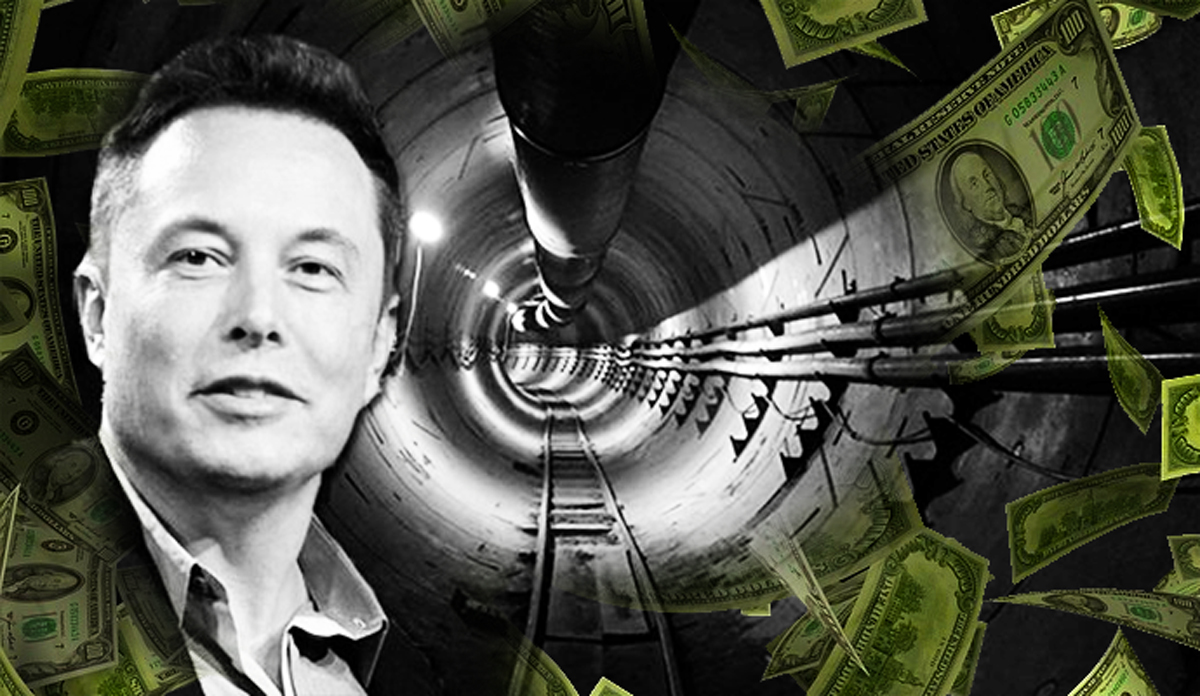Trending
Elon Musk wants tunnel system to free LA from ‘7th and 8th rungs of Hell’
CRE execs hopeful the express rail will also be a boon to real estate

Elon Musk says his proposed high-speed tunnel system could provide near door-to-door service for Los Angeles residents, freeing them from traffic he likened to the “seventh and eighth rungs of Hell.”
The billionaire Tesla and SpaceX entrepreneur laid out his vision for the tunnel system for transporting cars at a town hall meeting last week, where he bitterly recounted his own experiences battling traffic along the 405 freeway, one of the most clogged highways in the country.
Some commercial real estate executives expressed optimism that the tunnel system, dubbed the Loop, could boost property values in a similar way to how other public transit has done, CoStar reported.
Musk said his system, being designed by his firm, The Boring Co., would crush transit times and be highly expandable. It would create hundreds if not thousands of stations as small as a parking space that would put riders within a few blocks of their destinations. The Loop could move a rider from Dodger Stadium in Downtown to Los Angeles International Airport, nearly 20 miles away, in just 10 minutes, he said.
Even dirt dug in the tunneling process would be converted into high-pressure bricks available for affordable housing, he said.
The Loop system, which would cost about $1 per ride, Musk said, is a far slower and more localized version of the better-known Hyperloop proposal. That would connect travelers from Los Angeles to San Francisco in under an hour.
While the Hyperloop is estimated to run at speeds up to 700 mph, The Loop would transport cars in pods at 150 mph, and move vertically from the street underground about 30 feet to connect to the tunnel system. “You could have 100 tunnels deep,” he said.
While too early to determine where the stops will be located — and how many people might use them — real estate executives expect Loop stations will increase the value of their commercial properties in a similar way to the Metro Rail line stops. When located around public transportation stations, properties tend to see a boost in sale and rental prices.
“Even if it’s only 50 stops, the retail around those (Loop stop) locations could thrive from a real estate perspective,” Chris Runyen, senior managing director at Charles Dunn Co., told CoStar. “There are a lot of developers and retailers who want to be near transit and anything like that. It will help those areas.”
Damian Langere, a partner at apartment developer and landlord Gelt Inc., agreed. “Having a Metro stop near your building is a plus,” he said. “I think you will see these types of stops, if they are in front of a building, as a sale and marketing tool for your property and most likely be used in the sales assessment and underwriting.”
For Musk, who has lived in LA since 2002, the system would lead “everyone to move to Los Angeles.” That is, if his the vision to alleviate “soul-destroying traffic” along the 405, can be realized, which is years from happening.




